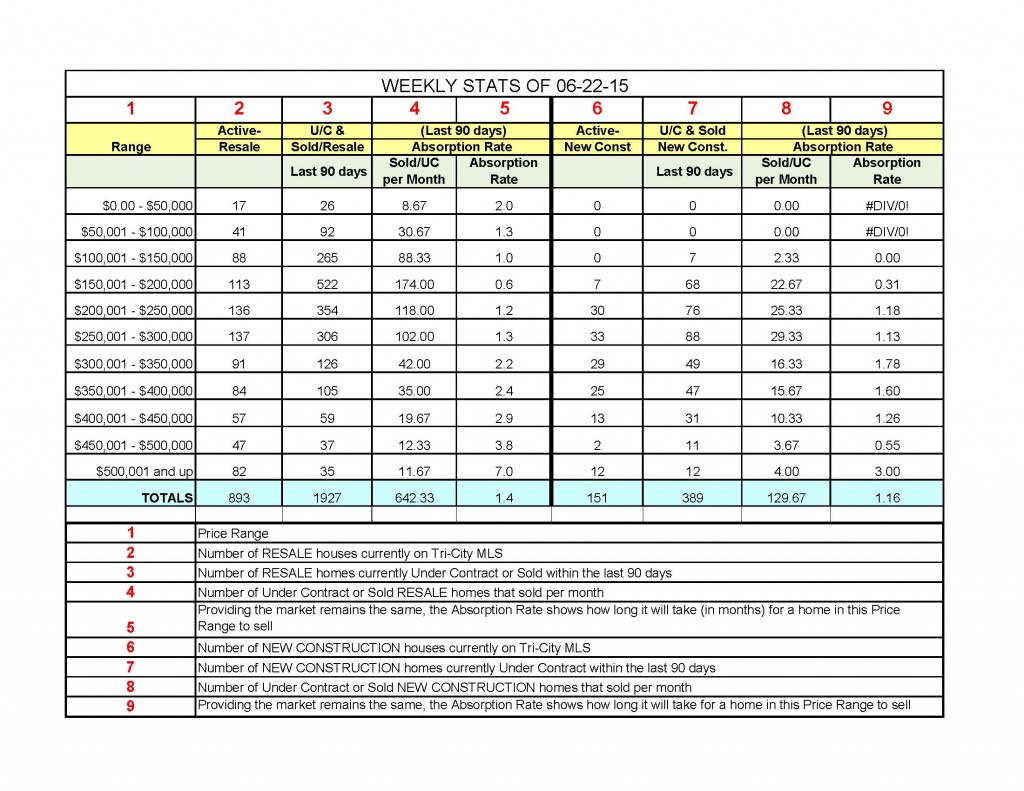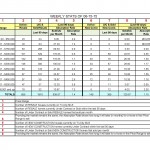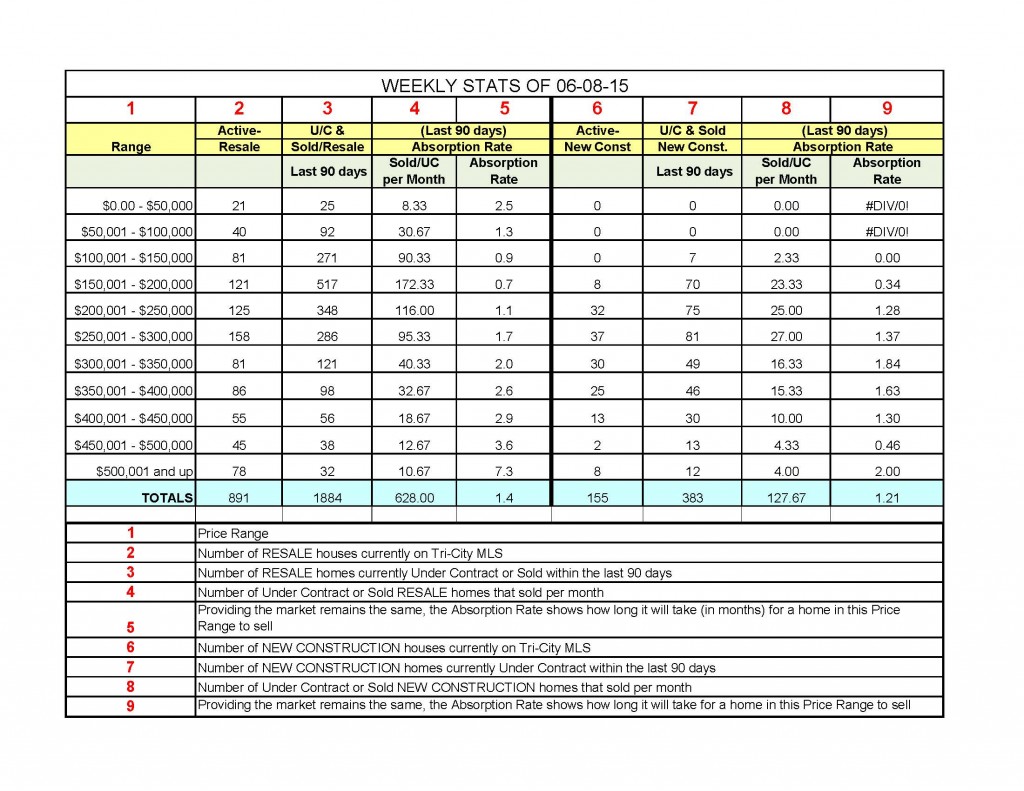By Melissa Dittmann Tracey, REALTOR(R) Magazine
Supersized master showers reign, according to the 2015 Houzz Bathroom Trends Study. Showers are expanding with many of the more than 3,000 home owners recently surveyed saying they plan to upgrade their master showers and increase its size.
Northeast home owners were found to have the biggest love for their master showers and are planning the most upgrades. But many non-master full baths, especially in the West, are also getting supersized shower stalls, the survey found.
Thirty percent of those surveyed by Houzz who say they have plans to upgrade their master shower plan to make it 50 percent or more larger than its current size; 19 percent plan to make it between 25 percent to 50 percent larger.
But the master shower isn’t the only driver to bathroom remodels. The Houzz survey found respondents rated the following functional aspects as important factors in their bathroom remodels:
- Easy to clean: 55%
- Easy to store and find: 53%
- Good lighting: 47%
- Two-person compatible: 46%
- Easy to get ready in: 36%
- Helps me relax: 34%
What’s more, the design of the space is also important. Survey respondents identified the following top design aspects of a master bathroom:
- Stylish and beautiful: 83%
- Spa-like atmosphere: 41%
- Reflects who I am: 38%
- Filled with natural light: 34%
- Makes a statement: 23%
Other top characteristics identified by survey respondents for master bathroom remodels are:
- Ceramic tile, followed by porcelain tile, is the most popular flooring choice.
- Painted walls are by far the most popular choice, while wallpaper is only used in 3 percent of remodels.
- Recessed lighting and wall sconces dominate as the most popular lighting choices.
- Baby boomers are more likely to install grab bars and curbless showers in their master bathroom remodels. But non-slide floors, hand-held shower heads, shower seats or tub seats, and thermostatic mixers are growing in popularity among all generations.
Survey respondents also identified the following specialty features as the most important in luxury master bathroom remodels:
- Rain shower head
- Tub for two
- Spa jets in tubs
- Radiant heat flooring
- Shower for two




